This article is more than 1 year old
Happy birthday, Compact Disc
First commercial release 30 years ago today
The Compact Disc is 30 years old - at least if you work back to when the platform first went on sale to punters.
The first commercially release disc and player - respectively, Billy Joel's 52nd Street and Sony's CDP-101 - were introduced in Japan on 1 October 1982. The disc was released by Sony's recorded music subsidiary, CBS.
The debut followed the launch of the digitally encoded music platform - jointly staged by the format's co-developers, Sony and Philips - in August 1982.
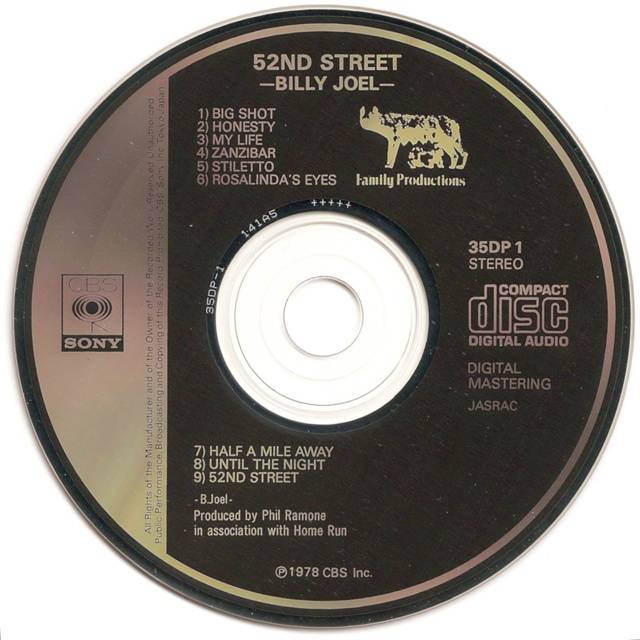
Billy Joel's 52nd Street: the first commercially released CD
Source: The First Pressing CD Collection
CD production commenced in Europe that same month, on the 17th, with Abba's The Visitors the first ever disc to roll out of Philips' Hannover, Germany pressing plant - the first of its kind.
US and European music lovers had to wait until 2 March 1983 for the first discs specifically tailored for them.
They embraced the format wholeheartedly. In the UK, Dire Straits' 1985-released Brothers in Arms was immediately snatched up by early adopters keen to put their new CD players through their paces. It was one of the first CDs produced from a digital master made from digital recordings - a so-called 'DDD' album.
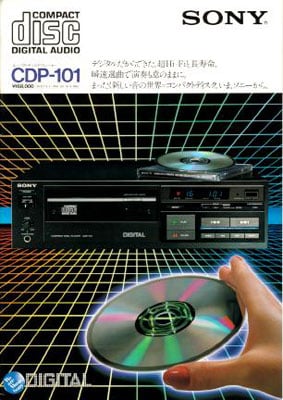
Sony's CDP-101: introducing...
But other albums proved even more popular. For many years, it was claimed record label EMI had a CD pressing plant dedicated solely to punching out copies of Pink Floyd's Dark Side of the Moon, such was the demand for that album.
The development of the CD stretches back to 1979 when Sony and Philips established an engineering team to create a disc capable of storing music in digital form. According to Philips, the original design spec called for a 11.5cm-diameter disc capable of holding an hour's music, but this was later extended to 12cm and 74m minutes - sufficient to accomodate the whole of Beethoven's 9th Symphony. Some writers claim this was driven by Sony co-founder Akio Morita, in order to ensure his favourite symphony could be stored on a single disc.
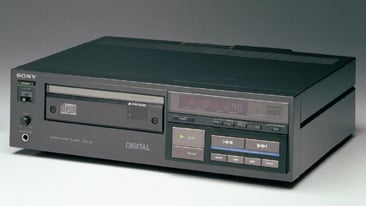
...the world's first CD player
In June 1980, the development specification was frozen and enshrined in what the partners called the Red Book. Later, the arrival of the Yellow Book would see the publication of the CD-Rom specification for computer use.
It might be assumed that the CD's digital encoding is sufficient to ensure perfect fidelity. Not so. Poor laser focusing, discs that wobble as they spin introduce noise into the signal, and the inevitable dust and fingerprints that accumulate on the surface, forcing the format's developers to come up with some clever error-correction technology to compensate. Indeed, listen to a disc without the special encoding, and there's almost as much hiss as music, and arguably worse than the sound produced by cassette tape.
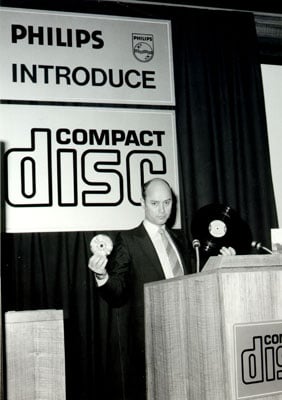
Philips' Joop Sinjou introduces the CD in 1979
To get around the problem, CD uses a technique called eight-fourteen modulation (EFM) developed by Dutch digital recording boffin Kornelis Antonie Schouhamer Immink. The data stream is broken into blocks, each eight bits long - and half of the 16 bits used to encode the sample of the soundwave taken 44,100 times a second. The eight-bit block is matched against a list of possible bit patterns and a 14-bit code read off the table, hence eight-fourteen.
The 14-bit codes are cleverly crafted to ensure any two binary ones in the code is separated by two to ten binary zeros. Three further bits are used to separate the 14-bit codes on the disc. While this approach may be less efficient from a storage space perspective - 17 pits on the disc's data surface are used to encode half that number of bits - it makes it much easier for the optical head to read the data correctly.
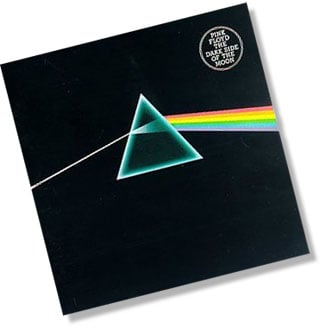
Pink Floyd's Dark Side of the Moon: own, dedicated CD plant?
CD encoding also employs Cross-Interleaved Reed-Solomon Coding (CIRC), which adds an extra, parity byte for every three bytes of data. The upshot: the player's electronics can easily and efficiently 'guess' what data masked by errors should have been, eliminating clicks and pops.
More advanced versions of this technique would later be used in DVD and Sony's Super Audio CD (SACD) format.
Neither the SACD nor DVD Audio ever won the broad appeal enjoyed by the CD, which proved a major driver for the music industry as consumers dashed to replace old or scratched vinyl LPs and hissy cassettes with shiny new compact discs.
By the late 1990s, however, in part due to the growing popularity of computer games, and first sell-through videotapes and later DVDs, but also the advent of both the MP3 music format and peer-to-peer file sharing networks, CD sales had begun their inevitable decline.
Worldwide, CD sales slipped by 20 per cent between 2000 and 2008. In 2011, UK CD album sales fell by 13 per cent to 86.2 million discs. ®
